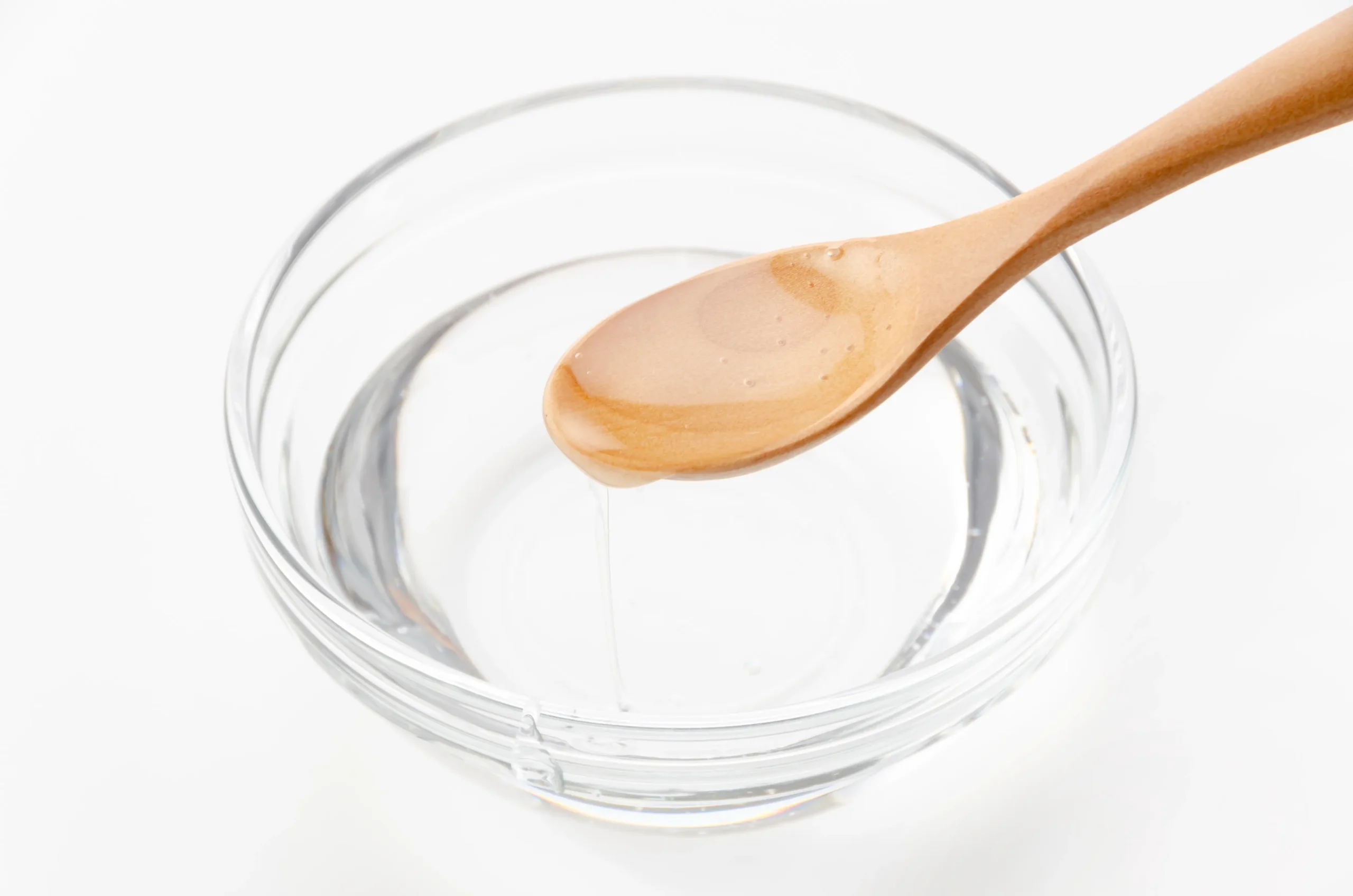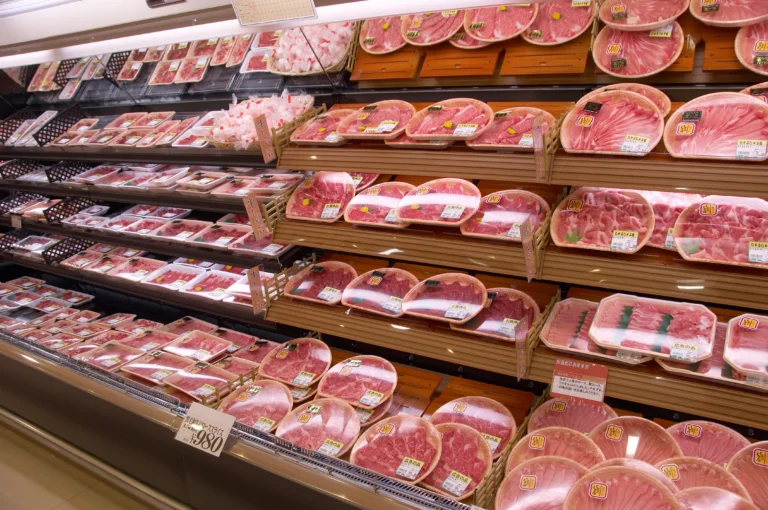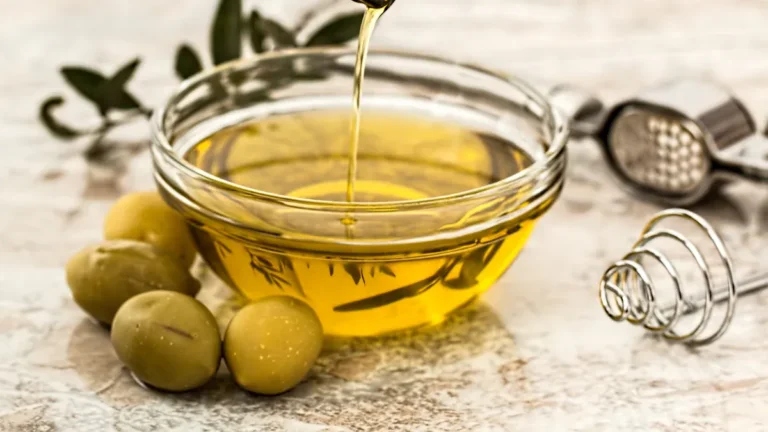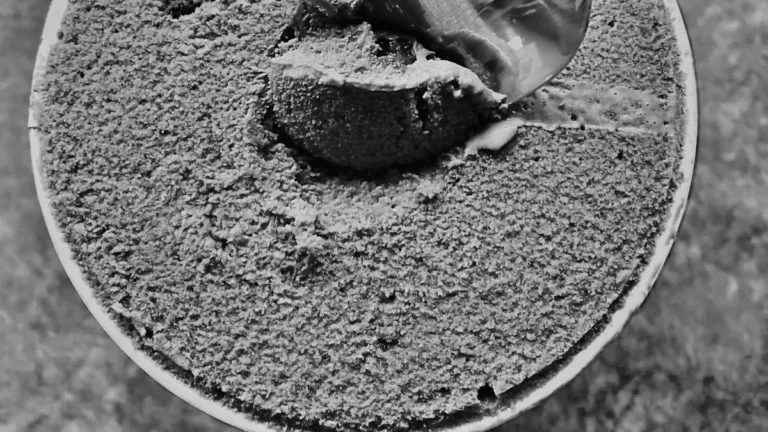Food Grade Activated Carbon
.webp)
Buy Food Activated Carbon
Activated carbon is widely used in the food industry in conjunction with its ability to decolorize, deodorize, and purify food. The process of adsorption is accomplished by activated carbon’s porous structure, which is very effective in adsorbing unwanted colors, off-flavors, smells, and impurities from food products and liquid. Some of the more significant applications of activated carbon are in the refining of sugar (to remove colored molasses impurities to make white sugar), the processing of edible oils and fats (to remove off flavors and pigments), to clarify alcoholic beverages (such as vodka and wines), as well as, purifying water (as part of the beverage), and for the treatment of items such as citric acid or gelatin.
Food Decolorization Activated Carbon
The food industry utilizes activated carbon for both color removal and accidental contaminant removal. The intended use of activated carbon is in the removal of color.

Food Preservation Activated Carbon
In food preservation, activated charcoal is only used in a secondary role based on its strong adsorption properties. Its primary function is in packaging systems or as a processing aid to eliminate undesirable compounds that cause food to spoil.

Related Blog

Food Preservation Activated Carbon includes food-grade powdered and granular types, certified for purity...

Edible Oil Decolorization Activated Carbon removes pigments and toxins, ensuring clear, safe, and high-quality...
No posts found

